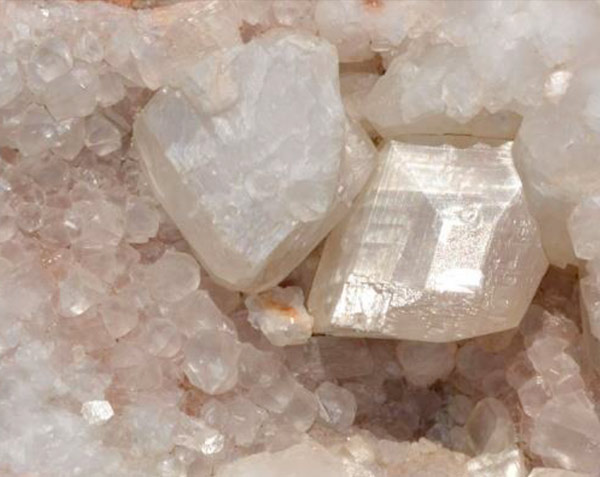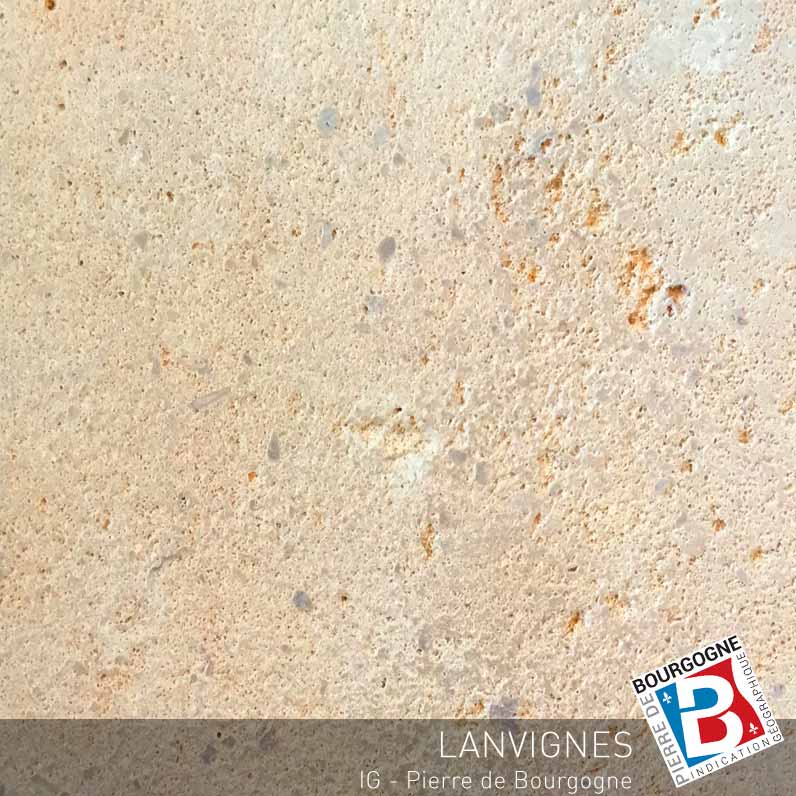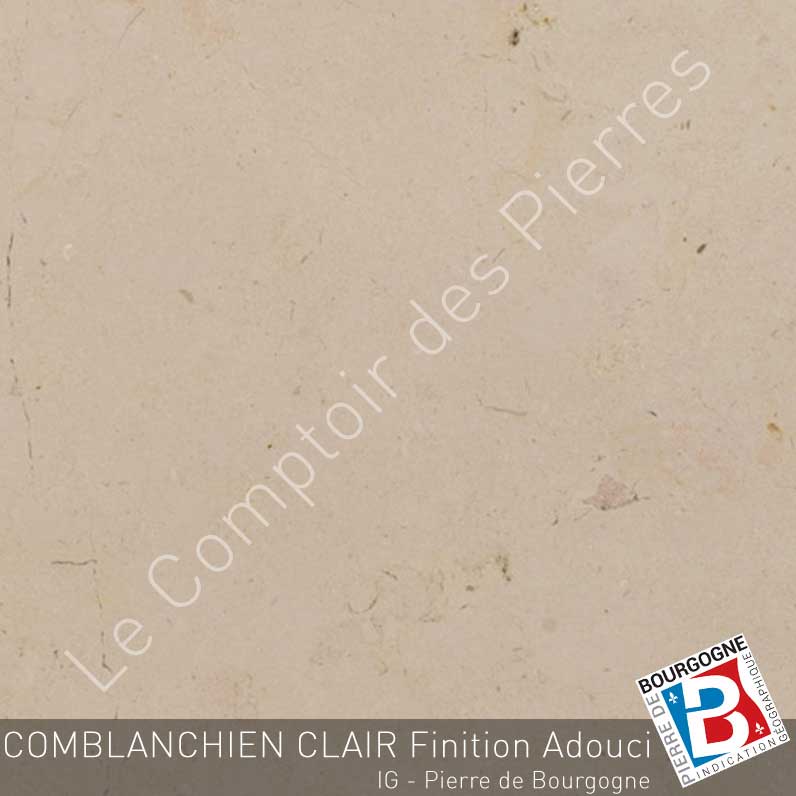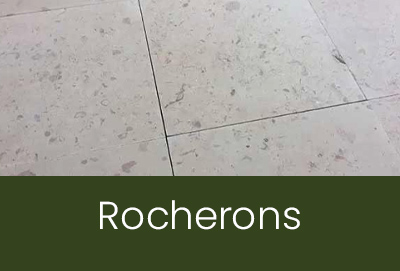What is limestone ?
Our Burgundy stones are limestones, but what does that mean? Elements of answers in this article by addressing the following topics in the world of stone: calcite, sedimentation, igneous rock, stone and marble: what's the difference, quartz, metamorphism... (Re)Discover your geology lessons!
Limestone = Calcium carbonate or calcite

Calcium is the 5th most abundant element in the Earth's crust. This crust is mainly composed of 8 chemical elements: oxygen, silicon, aluminum, iron, calcium, sodium, potassium, and magnesium. There are nearly 4,000 different minerals, but the 8 mentioned represent 82.5% of the Earth's crust.
A rock is an assemblage of minerals. Granite, for example, is composed of quartz, plagioclase, potassium feldspar, biotite, and hornblende. Some rocks are monomineralic, such as the limestone stones of Burgundy or marbles (composed solely of calcite). Similarly, quartzite is composed only of quartz. This does not mean that these rocks contain 100% calcite or quartz, as there may be inclusions such as shells, plankton, quartz veins, or pyrite. However, the inherent component of the material is indeed derived from a single mineral.
In particular, Burgundy stones may contain minor amounts of quartz or pyrite crystals (iron) - the latter manifesting as rust spots.
In summary, limestone is a mineral rock composed almost exclusively of calcite (also known as calcium carbonate).
Limestone = A formation by sedimentation
The classification of rocks consists of three classes or families : sedimentary, igneous, and metamorphic rocks.
Let's start with the one that interests us the most : sedimentary rocks. These rocks result from the alteration of materials and erosion. Rivers flow towards the sea or ocean, carrying sediments. These sediments settle at the bottom of the water and become increasingly concentrated. The deeper you go, the more compacted the sediments become.
Thus, depending on the levels or strata, these rocks (aggregates of more or less compressed sediments) have different densities and porosities. The porosity of Burgundy stones varies between 2% and 20%, with bulk densities between 2100 and 2600 kg/m3.
Today, we might imagine that the deeper the quarrying goes, the harder the stone becomes. However, this does not take into account the movement of tectonic plates over 160 million years, which has somewhat complicated (and mixed) this stratification. Therefore, the "beds" in a quarry are not necessarily organized in horizontal strata but can be intermingled.


Limestones (such as Burgundy stone and tuffeau), sandstones, and clays are part of the sedimentary rock family.
Igneous rocks result from the melting of the Earth's mantle and continental and oceanic crusts into magma. This molten magma can cool slowly (forming the family of plutonic igneous rocks, which includes granite) or quickly (forming volcanic igneous rocks, such as basalt). Due to the difference in formation, it's easy to understand that granite is harder and denser than limestone. Note: in geology, the word "granite" is spelled with an "e" - this "e" often disappears in commercial discourse, becoming "granit."
In summary : limestone originates from the aggregation of more or less compacted sediments (at the bottom of the sea 160 million years ago).
Limestone ≠ marble
Metamorphic rocks are the result of an evolution of the two previous types (sedimentary or igneous rocks). With depth, increasing pressure, or temperature, sedimentary or igneous rocks can transform into metamorphic rocks. The definition of a metamorphic rock is thus : a rock that has been modified in its structure under the effect of heat or pressure.
The most relevant example for us : marble is a metamorphic rock derived from limestone. Both are composed of calcite. Often to differentiate them, we say that marble is a stone difficult to cut and capable of taking on a polished, shiny finish. Some additional examples: gneiss is the metamorphic rock of granite; quartzite of sandstone; and schist or slate of clay.
In summary : marble is an evolution of limestone - the two are very closely related.
We hope this has taught you a bit more about Burgundy stone from a geological perspective and more generally about rocks and minerals.
Credits : Article created with the help of CTMNC - Centre Technique des Matériaux Naturels de Construction, recognized as a CTI (Centre Technique Industriel).











